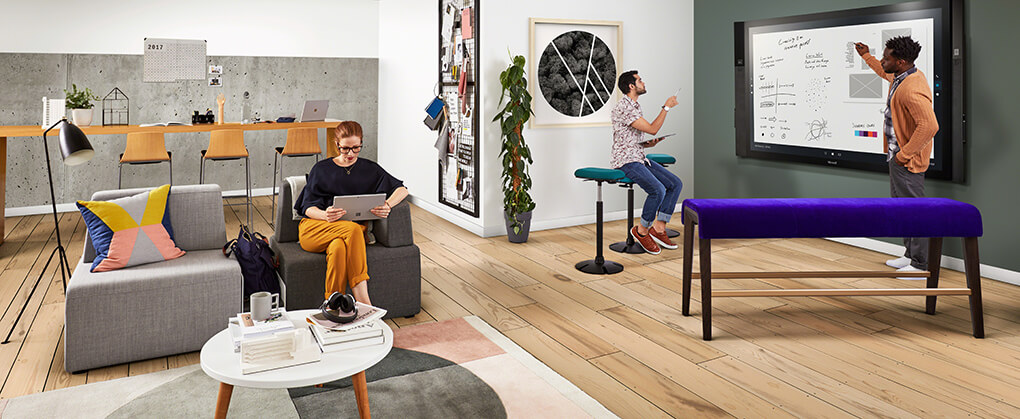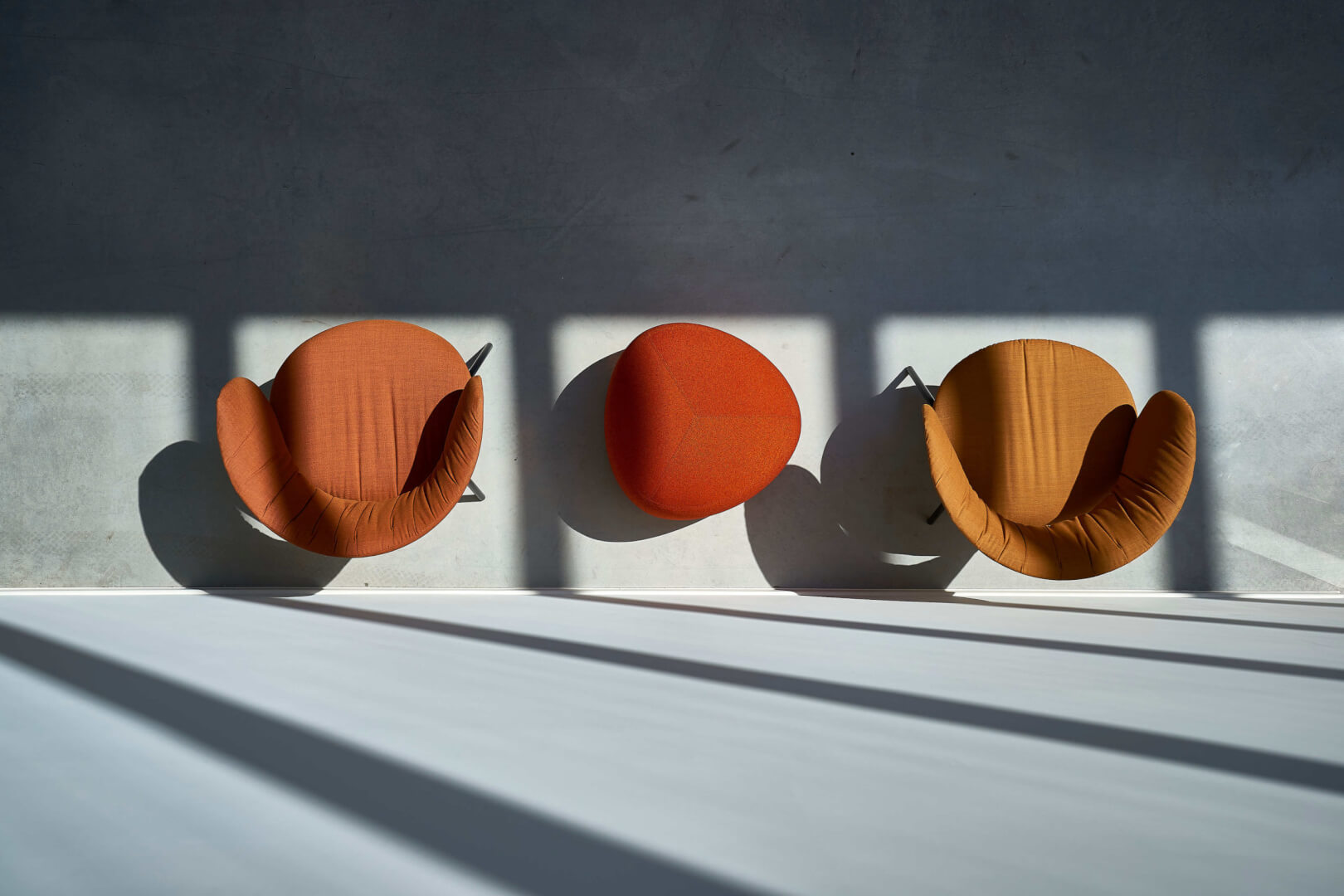The days when everyone expected to have their own desk in the office are (luckily) behind us.
Even employees who had to have a really good reason to justify working from home before the corona pandemic (ranging from a boiler repair to a sick child), have good prospects of being able to regularly work several days a week from home in the post-corona era. Of course, coming into the office is still worthwhile, but hybrid working does have an impact on how large the office needs to be and the appropriate layout and design.
What is hybrid working?
In essence, hybrid working is the ability to work at any time and in any place. In other words, one day you might work in the office and the next day you might pick up your tasks at the kitchen table or in the corner of the coffee bar. Employees often ask their managers if they can change their working hours in order to create an improved work/life balance. And, as long as deadlines are not jeopardised, most employers are happy to oblige. Flexibility is the key to hybrid working but digital facilities are a vital aspect too. You must have a watertight system for working together, meeting virtually and sharing documents remotely.
Coming into the office
Of course, working from home is not for everyone and isn’t suitable for every type of activity (e.g. healthcare, retail or production and transport companies). Also, as long as it is permitted by corona measures, many businesses might ask their employees to come into the office when new colleagues start, for example, or when training courses are taking place. It is also unsurprising that a great deal of attention is paid to customer needs. When a physical meeting is chosen over a digital one, businesses are usually happy to accommodate this request.
Less office space required
Despite the fact that working at the office has not disappeared completely, the emergence of home working has led many employers to realise that they now have excess office space. If only some of the team members are available each day, you could exchange fixed desks for flexible workstations and save space.
But you can’t just decide to move to a smaller office overnight. Before you can gauge the space that your team really needs, you must evaluate who will come into the office and what they expect to find there.
You will notice that most employees come into the office to see their colleagues so your office design must reflect this better, with (informal) meeting spaces, sufficient meeting rooms and a welcoming kitchen. And what does the management team really value? Are they happy to have flexible workstations or would they prefer to stick to having their own offices? These questions must be answered before you can create an office that effectively accommodates hybrid working.
We’re happy to help!
Want to find out how you can design your new office or adapt your existing office to hybrid working? Let us know. Our experts not only have extensive experience, they are also familiar with a vast range of business situations, including yours.





